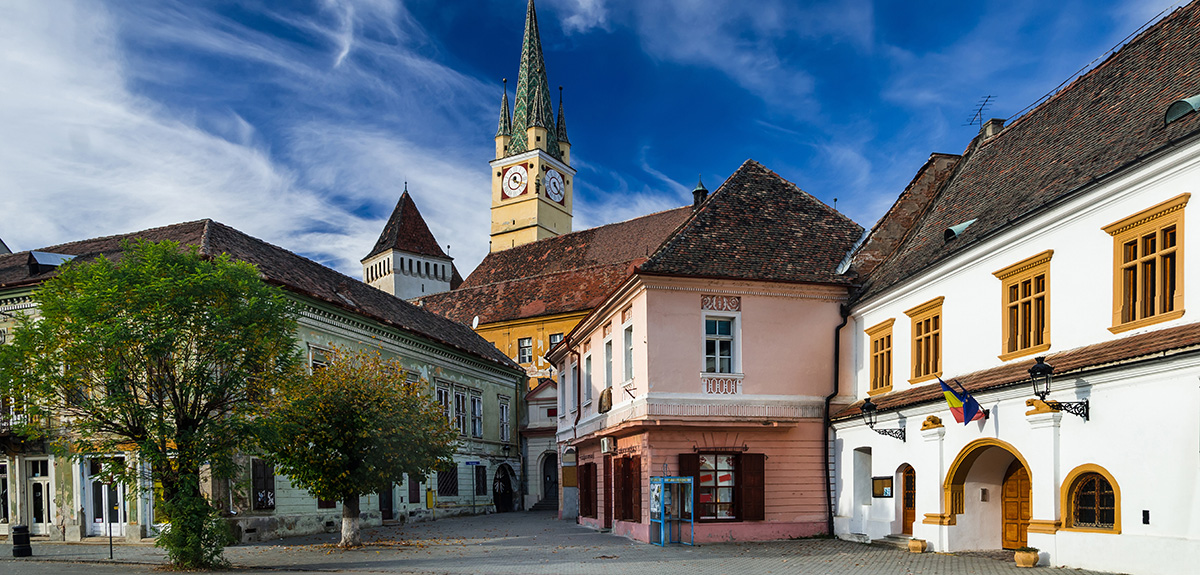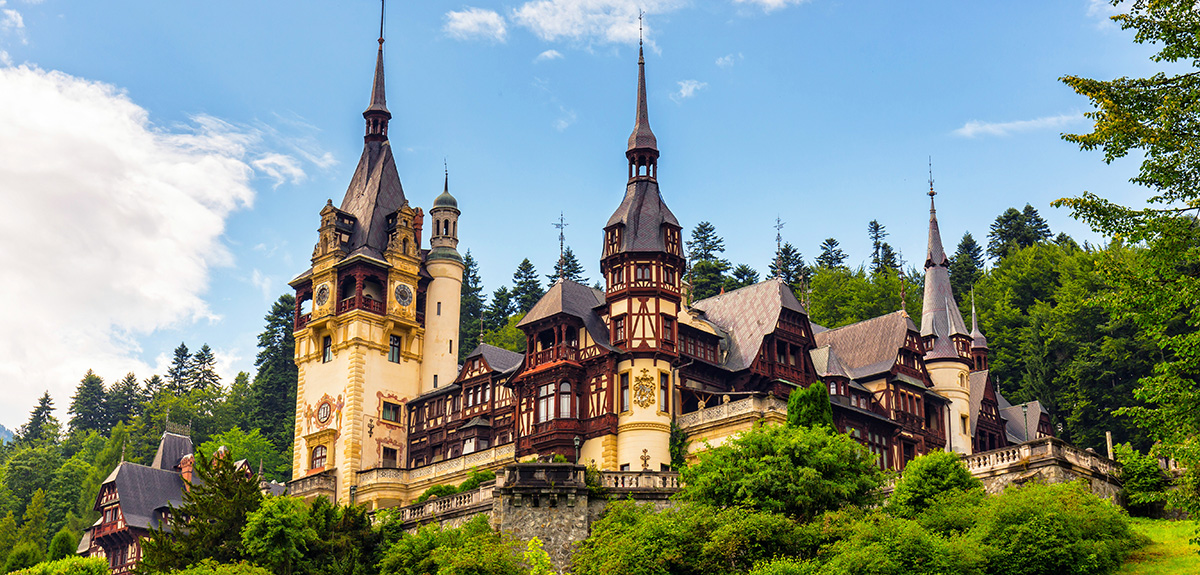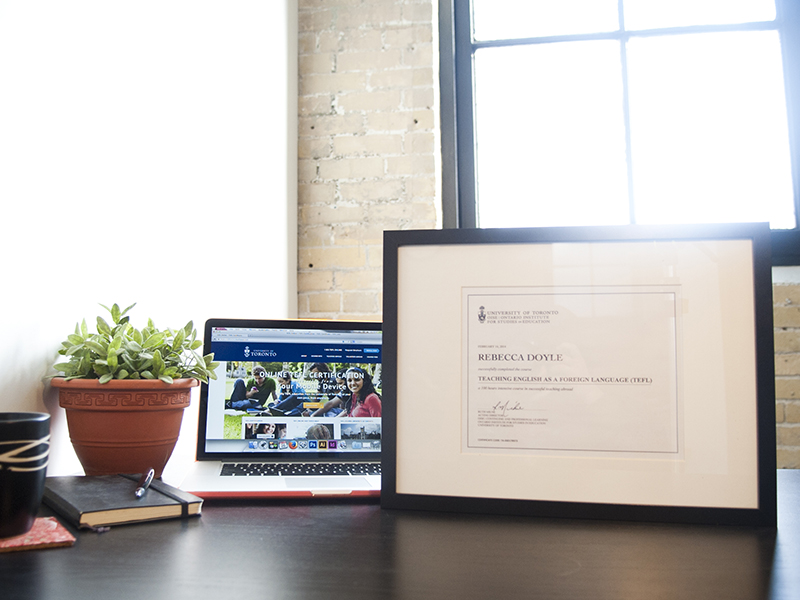Teaching in Romania
Options for teaching in Romania
Educators have a wide variety of options to teach in Romania. Qualified teachers have the opportunity to teach in public schools across the country or Romania’s private international schools, most of which are located in Bucharest.
To teach English in Romania, teachers can also apply to teach in public schools; English teaching jobs are also available in private language centers. In order to stay competitive in an EU teaching job market, teachers will need to hold a TEFL certificate. Previous experience is often required as well.

Salary and benefits when teaching in Romania
Teach in Romania – Hiring
Most teaching jobs in Romania begin in September, with a second round of hiring in January. Teaching contracts usually end in June, when students and teachers enjoy a long summer vacation.

What you need to teach in Romania
Qualifications to teach in Romania
In order to teach in Romania’s public or private international schools, educators will need to hold a teaching credential from their home state or country. Newly qualified teachers are welcome to apply to teach in Romania.
Because of the high competition from teachers around the EU, English teachers are nearly always required to complete a TEFL certificate before teaching English in Romania. Previous experience is preferred, but not always a necessity.
Visas for teachers in Romania
EU citizenship is strongly preferred when applying to teach in Romania; however, it is still possible for citizens of other countries to obtain visas for teaching jobs. In these cases, teachers will work with their schools to complete a visa application package to be submitted to the Ministry of Foreign Affairs.

Living in Romania
Housing in Romania
Most teachers will need to find their own housing, although schools often provide help. Many teachers, especially those in English teaching programs, live in apartments previously occupied by other teachers in their programs. Sharing an apartment is common, particularly in Bucharest, where housing is more expensive.
Things to do in Romania
Most teachers, particularly those teaching in international schools, will live in the capital of Bucharest. In Bucharest, the distant and recent past both intersect with the current boom of development: communist structures stand next to centuries-old churches, while modern architectural projects pop up around the city. Bucharest is home to many excellent museums, parks, and restaurants. As is typical around the country, residents are generally very friendly and welcome visitors who show an interest in visiting their home.
Teacher placements are also common in Iasi, where a large population of university students creates a trendy, youthful atmosphere. Iasi has a strong economy and vibrant nightlife, but still maintains an old world charm, with horse and carriages on the street and a huge concentration of ornate Orthodox churches.
Despite the increasing appeal of Romania’s larger cities, the highlight of the country remains its idyllic countryside. Ancient castles overlook colorful meadows, and charming villages provide wonderful escapes for a weekend away. Of course, no stay in Romania would be complete without a visit to Transylvania, the setting of Bram Stoker’s Dracula, where snowy mountain peaks overlook breathtaking countryside.

TEFL Certification for Private School Teachers

Teach in Romania
Register for a teacher account to apply for teaching jobs in Romania.
Romania at a glance
Country information
Capital: Bucharest
Language: Romanian
Population: 20 million
Currency: Romanian leu (RON)
Government: Unitary semi-presidential republic
Quick facts
The earliest homo sapiens fossils, up to now, were discovered in 2002 in southwestern.Romania, in the Cave of Bones.
There is a castle in Transylvania known as Dracula’s Castle.
The modern jet engine was invented by a Romanian.
The tallest wooden church in the world can be found in Sapanta Peri, Maramures of north - western Romania. It is also the second tallest wooden structure in Europe.
Romania is the ninth largest nine producer in the world.
The name “Romania” comes from the Latin word “Romanus” which means “citizen of the Roman Empire”
The first ever perfect 10 in the Olympic Games was given to the Romanian gymnast Nadia Comaneci, at the 1976 Olympics in Montreal.



















